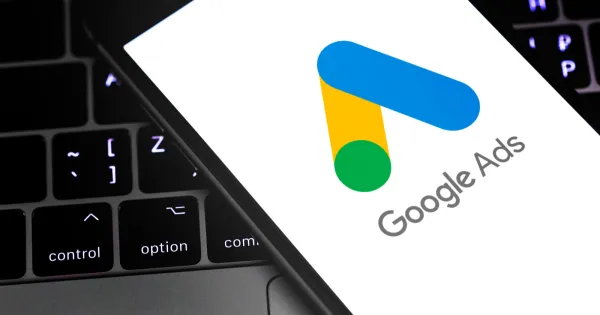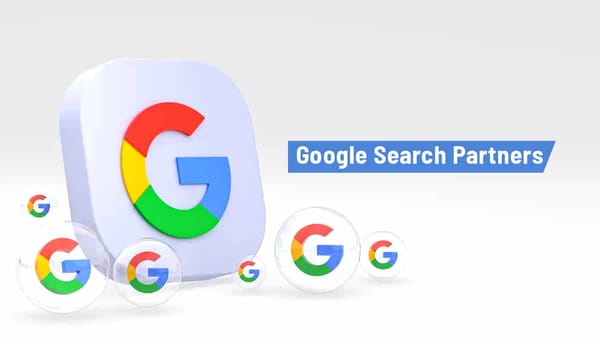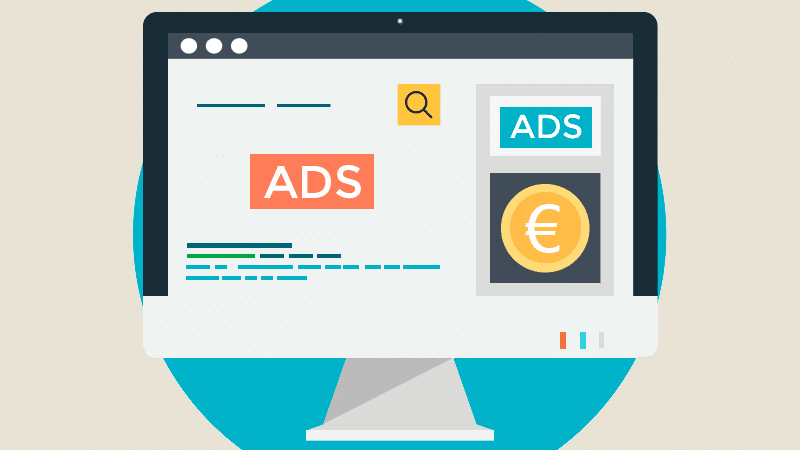Exploring the World of AI-Generated Images

Introduction
In recent years, Artificial Intelligence (AI) has made remarkable strides in a variety of fields, including image generation. AI-powered tools have begun to create art, generate realistic images, and even design logos with just a few prompts. The ability of AI to generate images is revolutionizing industries like design, marketing, and entertainment, providing creative possibilities that were once limited to human artists.
But what exactly can AI generate when it comes to images? Let’s take a closer look at how AI can create visuals and the impact it's having today.
AI in Art and Creativity
One of the most exciting applications of AI image generation is in the world of art. AI has opened up new creative possibilities for artists and designers alike.
1. AI-Powered Art Creation
AI tools like DALL·E and DeepArt can generate beautiful and unique pieces of art from simple text prompts. These systems understand patterns in existing art and use that knowledge to create entirely new, original images. Artists are experimenting with AI to push creative boundaries and explore new forms of expression.
2. Generative Adversarial Networks (GANs)
GANs are a class of AI algorithms used to generate realistic images. By using two neural networks that work against each other, GANs can produce stunning visual outputs that are nearly indistinguishable from images created by humans. These systems are used to create everything from landscapes to abstract art.
AI in art is allowing creators to blend technology and creativity in unprecedented ways.
AI in Product Design and Marketing
AI is also making waves in industries like product design and marketing by generating images that help businesses create visually appealing content.
1. Logo and Brand Design
AI tools like Looka and Canva's logo generator use machine learning to create logos based on your brand's identity, color preferences, and style. This technology enables businesses, both large and small, to generate professional-looking logos in minutes.
2. Stock Photos and Visual Content
AI-generated stock images are becoming a popular alternative to traditional stock photography. Websites like This Person Does Not Exist generate hyper-realistic faces, while AI platforms like Artbreeder allow users to customize images of landscapes, characters, and objects to suit their needs.
3. Virtual Fashion Design
AI is also being used to design clothing and fashion items. Platforms like Fashwell use AI to create new fashion designs based on current trends and customer preferences, helping fashion designers stay ahead of the curve.
AI is simplifying the design process, making it faster, cheaper, and more accessible to businesses and individuals alike.
AI in Entertainment and Media
The entertainment industry has embraced AI-generated images to create engaging visuals and characters for movies, games, and advertising.
1. Character Creation for Video Games
AI is used to create lifelike characters and environments in video games. For instance, AI-powered tools are now capable of generating detailed avatars, landscapes, and entire game worlds that would take human designers months or even years to create.
2. Film Visual Effects
AI technology is increasingly used in visual effects for films. It helps to generate computer-generated imagery (CGI) more efficiently and with higher realism. AI tools can automate tasks like animating characters, creating realistic textures, and designing complex scenes.
3. Deepfake Technology
While controversial, AI-generated deepfakes can produce convincing video footage of people saying or doing things they never actually did. This technology uses AI to manipulate images and videos, and although it has been used in entertainment, it also raises concerns about authenticity and misuse.
AI is enhancing creative possibilities in entertainment, making it possible to generate images and visuals that were once unimaginable.
Ethical Considerations in AI-Generated Images
While AI-generated images have opened up many exciting opportunities, they also raise important ethical questions.
1. Copyright and Ownership
Who owns an image generated by AI? Is it the creator of the AI tool, or the person who provided the prompt? These are crucial questions in the debate surrounding AI-generated content and intellectual property rights.
2. The Risk of Misinformation
AI-generated images, especially deepfakes, can be used to spread misinformation and manipulate public opinion. The ability to create hyper-realistic images and videos without anyone being able to tell they are fake poses a serious challenge in terms of verifying the truth.
3. The Impact on Human Creators
As AI becomes more capable of generating art and design, some worry about the impact on human creators. Will AI replace artists and designers, or will it simply serve as a tool to enhance human creativity? This is an ongoing debate as AI continues to evolve.
While AI-generated images provide endless possibilities, they come with responsibilities that need to be carefully considered.
Conclusion
AI-generated images are transforming the world of art, design, entertainment, and business. From stunning artwork to realistic character creation, AI is providing tools that enhance creativity and efficiency in ways that were previously unimaginable.
As AI continues to evolve, we can expect even more advanced and innovative applications of image generation, allowing industries to push creative boundaries even further. However, the ethical challenges it presents must also be addressed as we embrace the future of AI-powered visual creation.




